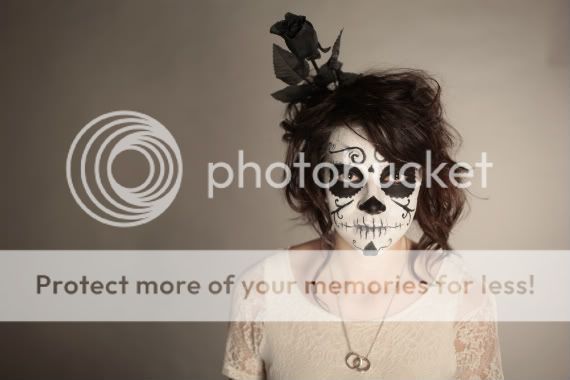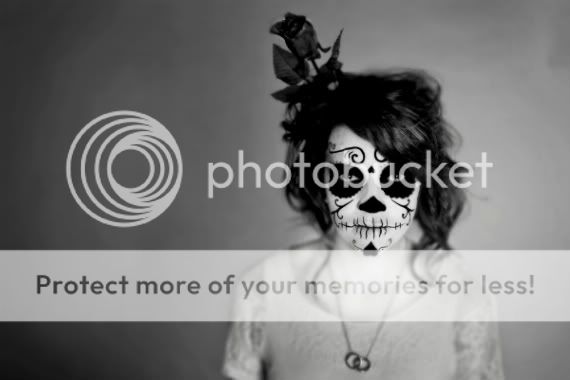- Messages
- 1,038
- Name
- Ashly
- Edit My Images
- No
I'm struggling with RAW shooting & despite reading thru various threads I'm just lost & unsure.
I'm vaguely aware that working with RAW is like working with a digital negative & that you can adjust exposures more in-depth during post processing but that's about as far as it goes. Can anyone talk me thru the basics? I work with a Canon 5D MKII & I've recently downloaded the 'Camera RAW' plug-in for Photoshop CS4 ~ Do I open the RAW file in Photoshop & edit it much like a JPEG photograph or do I have to put it thru Lightroom first? Can I adjust the exposures? I'm eager to experiment with it but there are things I don't understand. I apologise for the amateur questions, thank you in advance to anyone who offers some explanations.
I'm vaguely aware that working with RAW is like working with a digital negative & that you can adjust exposures more in-depth during post processing but that's about as far as it goes. Can anyone talk me thru the basics? I work with a Canon 5D MKII & I've recently downloaded the 'Camera RAW' plug-in for Photoshop CS4 ~ Do I open the RAW file in Photoshop & edit it much like a JPEG photograph or do I have to put it thru Lightroom first? Can I adjust the exposures? I'm eager to experiment with it but there are things I don't understand. I apologise for the amateur questions, thank you in advance to anyone who offers some explanations.



